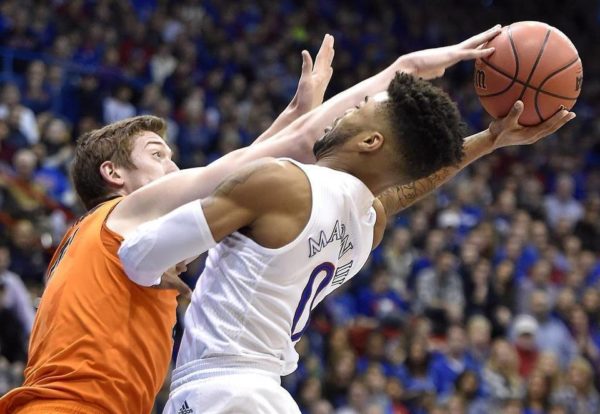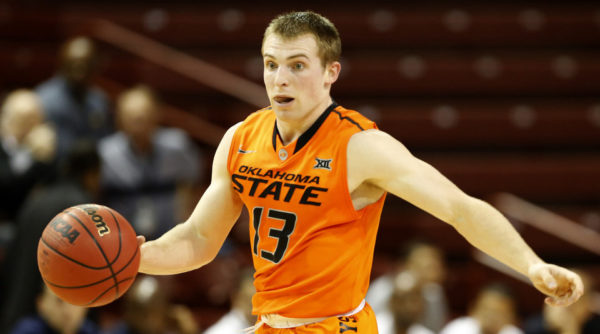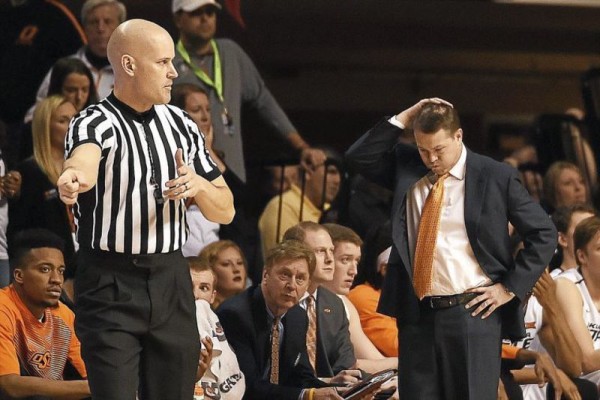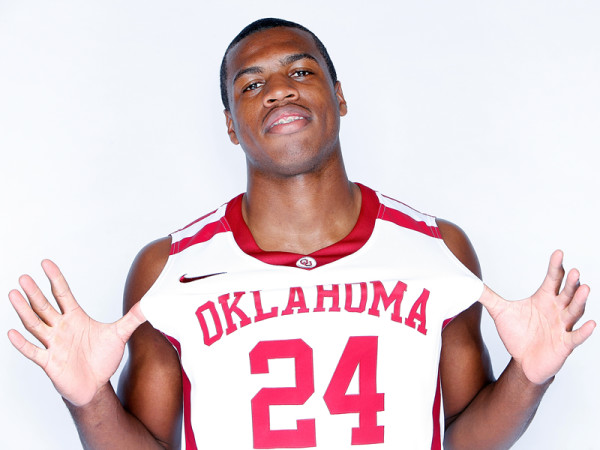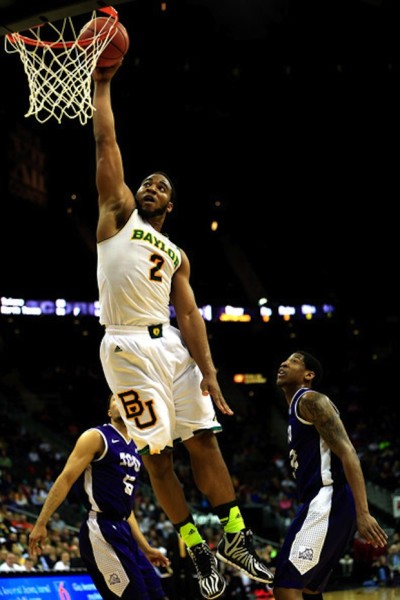Big 12 Burning Questions: Oklahoma State Cowboys
Posted by Brian Goodman on October 19th, 2017This preview is part of RTC’s Big 12 preseason coverage.
Will Mike Boynton follow the recent trend of first-year Big 12 coaches fielding competitive teams?
In spite of some recent March slip-ups, the Big 12 maintains its reputation as the most competitive, if not the best, basketball conference in America. It routinely sends at least half of its membership to the Big Dance, propels a number of top-flight prospects to the NBA Draft, and contributes experienced players to postseason All-America teams on a regular basis. One byproduct of all that competitiveness that isn’t discussed as much is that for a conference so small relative to the rest of the Power 5, the Big 12 has witnessed a staggering amount of coaching turnover in the past few years.
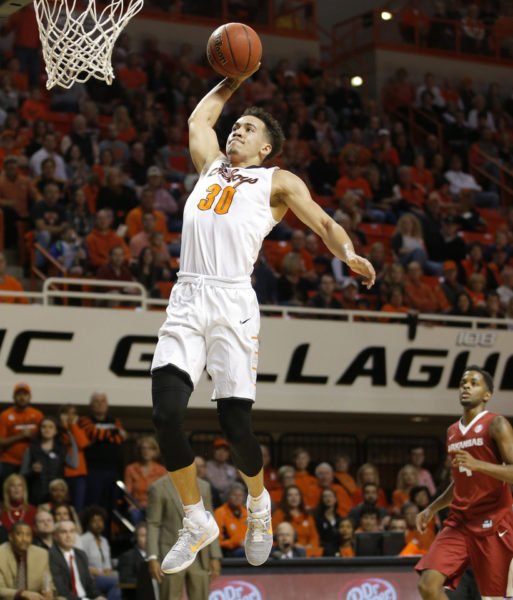
Jeffrey Carroll will be one of the most dynamic scorers in the country, but the Cowboys will struggle to stay competitive in the cutthroat Big 12. (Bryan Terry/The Oklahoman)
Five Big 12 teams have made six head coaching changes since the start of the 2016 offseason, with a handful of that group achieving success with their new teams in relatively short order. Last season Brad Underwood led Oklahoma State to its first .500 conference record since 2013. Similarly, buoyed by a more committed TCU administration, Jamie Dixon led the Horned Frogs to as many league wins in 2017 (6) as they had notched in the last three seasons combined — riding that wave all the way to the NIT title. Going back another year, Steve Prohm led Iowa State to just its second Sweet Sixteen of the last 18 years in 2016. The Chris Beard and Shaka Smart eras at Texas Tech and Texas, respectively, have been works in progress, but both of their teams should be better this year. No one knows what the FBI’s investigation of the Oklahoma State program will bring, but at least until then, Mike Boynton will have a team to coach. Still, given what he has at his disposal, it will be tough for the new head coach in Stillwater to match the strong campaigns from some of the league’s recent first-year coaches.
First, Boynton has never been a head coach, cutting his teeth as an assistant for Frank Martin at South Carolina and Brad Underwood at Stephen F. Austin in addition to last year at Oklahoma State. Apparently not learning the lesson in allowing Illinois to snatch Underwood from the program last March, the administration went cheap on his replacement. Maybe athletic director Mike Holder knows something we don’t, but seeing as how Boynton had never been linked to a major head coaching job prior to his promotion, it’s fair to question his acumen (although it could have been worse — among Oklahoma State’s other candidates was also former assistant Lamont Evans, who was charged in last month’s NCAA corruption scandal and fired shortly thereafter).





























